The world is a big, wonderful place full of facts we never thought possible. For instance, if a pregnant mouse has a sudden medical issue, the fetus will send stem cells to heal the mother, increasing its chances of survival as well. Fetal stem cells have been found in human mothers as well, dubbed by science as microchimerism.
Bright Side dug up some more marvelous facts about nature and its creations, upholding our yearly resolutions to spread knowledge and joy.
1. The heart slows when your face touches water.

As mammals, we can’t breathe underwater, so as part of the mammalian dive reflex, our heart rate goes down in the water — more so if we go underwater. Even splashing the face with water makes the heart slow down, making it a great way to calm down.
2. Fungus can break down plastic in weeks.
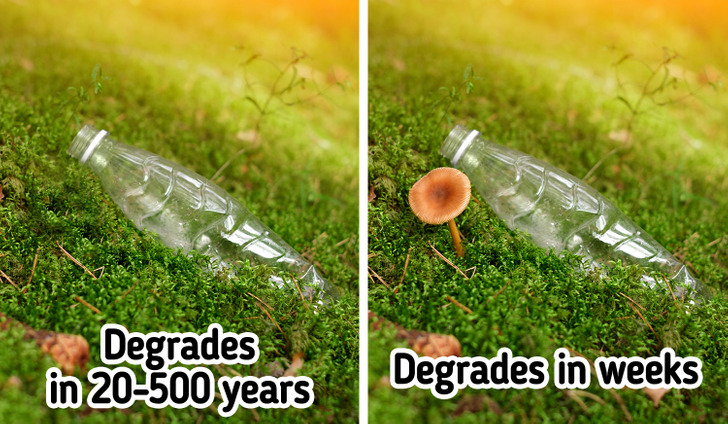
It is said that in the future, there may be more plastic in the ocean than fish. This is why the plastic-eating fungus is great news, and there are around 50 new species of such fungi discovered already. One of the fungi discovered can digest plastic within 2 months, so there’s hope for us yet.
3. Newborn babies can support their own weight.

Newborn babies are strong — strong enough to be able to grasp things in their tiny fists and even support their weight as shown by an experiment done in the nineteenth century. Louis Robinson witnessed babies able to hang from a walking stick, from 10 seconds to 2 minutes and 35 seconds.
4. Koala fingerprints have been mistaken for human ones.
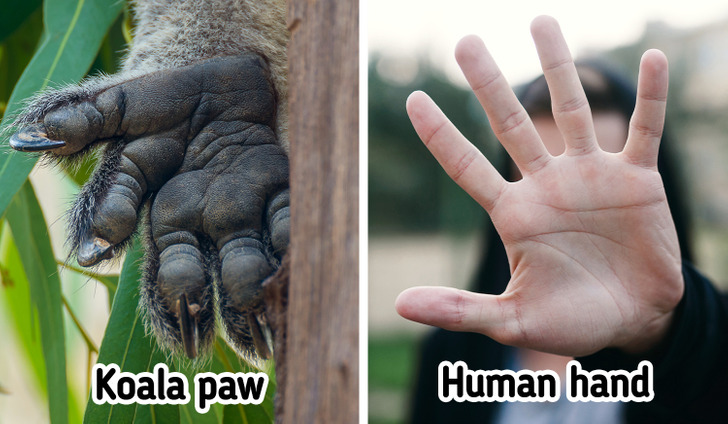
We’ve been told that our fingerprints are unique, and they are. But the fact remains that even though we share a common ancestor with the koala that was alive 100 million years ago, koala fingerprints look very similar to human fingerprints, as do chimpanzee fingerprints for that matter.
5. Snails can sleep for 3 years.
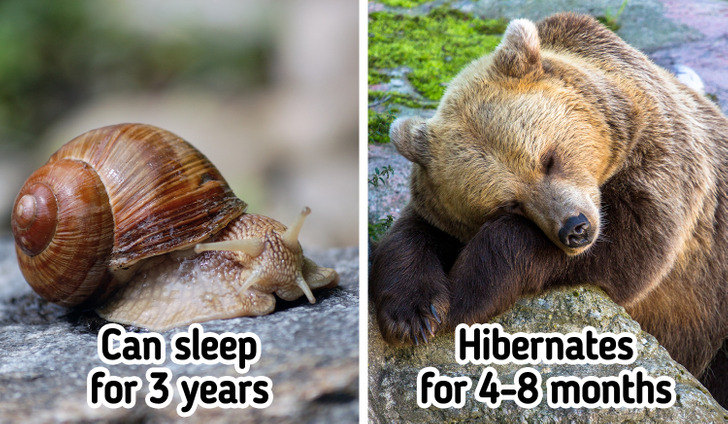
If you thought bears had it good with hibernation, meet the snail. Snails can sleep rather than hibernate for 3 years at a time without needing food. Of course, this is with some snail species, not all of them. Meanwhile, bears usually hibernate for just 4-8 months.
6. Sloths need 2 weeks to digest food.
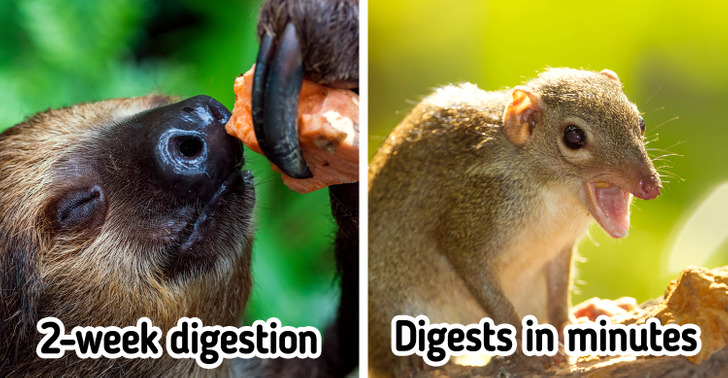
Sloths don’t only move in slow motion — even their insides move slowly, ostensibly to preserve energy, which is why a sloth’s digestive system takes 2 weeks to process the food it ate. Plus, most of what it eats is indigestible, giving it very little energy from each slowly chewed mouthful.
On the other end of the spectrum lies the shrew, whose digestion takes mere minutes and is done so fast, not much of it is fully digested. This is the reason why shrews eat their own feces. They can die of starvation in a matter of hours if they don’t eat.
7. Your brain ignores seeing your nose.
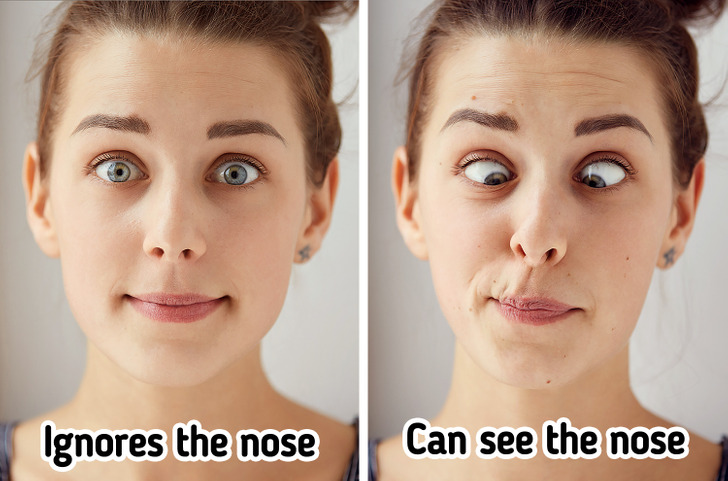
We can see our nose all the time, it’s just that the brain tends to ignore it because it’s a constant visual stimulus. It’s the same with people who wear glasses. After a while, they simply stop noticing them.
8. Your forearm is the same length as your foot.

If you don’t have the time to try on a shoe, measure it from your elbow crease to your wrist. If it fits or is just a little smaller, it would fit your foot because the length of your forearm is the same as your foot. And this is just one of many human body ratios that are a marvel in themselves, including the fact that your femur bone is one-quarter your height.
9. You can “see” your white blood cells.

If you look up at a cloudless, bright blue sky and see some wiggly things at the periphery of your vision, you’ve just experienced the blue field entoptic phenomenon. The wiggly things are white blood cells moving in the fine blood vessels moving in front of the retina, at the back of the eye.
10. Human beings have striped skin, but only cats can see it.
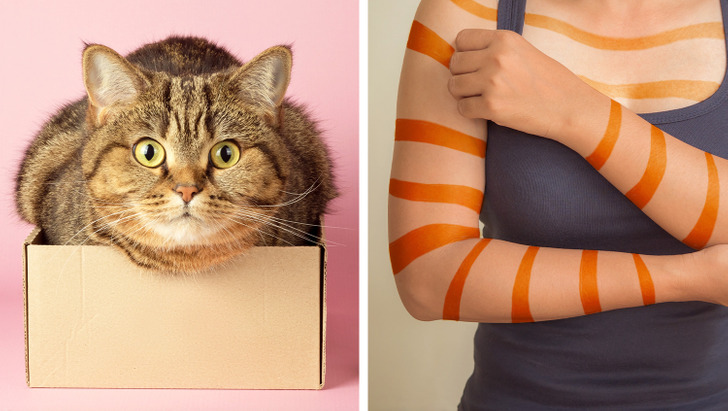
Human beings have stripes and patterns on the skin too, and they are called Lines of Blaschko, name eponymously by the scientist who discovered them, Dr. Alfred Blaschko. These are closer to tiger stripes, forming more of a V-pattern fanning out from the center to the extremities. These lines are visible under UV light, a spectrum that cats can see too, which is why cats can see you as a striped being as well.
Which of these facts turned out to be a revelation for you? Share your extreme nature facts with us and blow us away.
Preview photo credit Shutterstock.com, Shutterstock.com
Optical Illusion: You Have To Find The 2 Hidden Cats In This Family Scene

Anyone can spot the family, but you possess exceptional intelligence and perfect vision if you can locate the two concealed cats within 13 seconds.
Enter the realm of visual puzzles where intelligence meets perception.
In this captivating optical illusion, nestled within a seemingly ordinary family scene, lie two elusive felines waiting to be discovered.
With their cunning camouflage, these hidden cats challenge even the sharpest minds to uncover their whereabouts.
As you engage with the intricacies of this image, your cognitive faculties are put to the test, requiring not just keen observation but also strategic analysis.
From the arrangement of objects to the play of light and shadow, every detail holds a clue, beckoning you to unravel the mystery concealed within.
As you delve into this enigmatic tableau, prepare to embark on a journey of mental agility and sleuthing prowess.
Sharpen your focus, embrace the challenge, and let the hunt for the hidden cats begin!
Optical Illusion: There Are 2 Hidden Cats In This Family Scene That You Have To Find

While the family gathers in the living room, the real challenge lies in detecting the two elusive cats cunningly concealed among them.
Achieving success demands impeccable vision and acute powers of observation.
Undoubtedly, this brain teaser ranks among the most formidable ever devised.
The complexities woven into this image elevate the difficulty level, confounding even the most adept puzzle solvers.
Despite its seemingly ordinary appearance, cracking this puzzle is far from straightforward, with most individuals surrendering after a mere minute of effort.
You risk mirroring their path to frustration and failure without giving your utmost. Prepare yourself, set the timer, and put your puzzle-solving prowess to the test.
However, exercise caution, for only the keenest of eyes and the most resolute of minds will prevail, requiring unwavering composure.
Rushing through may lead to errors, so meticulously examine every image detail.
Should you seek assistance, consider breaking the image into manageable sections, methodically scanning each from left to right.
Yet, did you realize that unraveling optical illusions is a potent brain-training exercise, enhancing creative cognition?
These brain teasers are ingeniously crafted to deceive our perception, serving as litmus tests for intelligence.
Challenges like this, demanding the discovery of hidden images within images, foster the brain’s capacity to decipher ambiguity.
The Answer Is Below!
Ah, the clever camouflage of the elusive felines revealed!
One of the cunning cats was stealthily nestled near the man’s foot, while the other lay concealed upon the woman’s lap.
Their subtle positions amidst the familial scene tested the limits of perception and observation.

Yet, with keen eyes and perseverance, the mystery has been unraveled, and the hidden cats are brought into the light.
Such intricate details within the image elevate the challenge and reward the sharp-eyed with a triumphant sense of discovery.
What do you think about it? Do let us know in the comments.

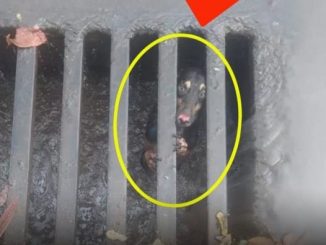

Leave a Reply